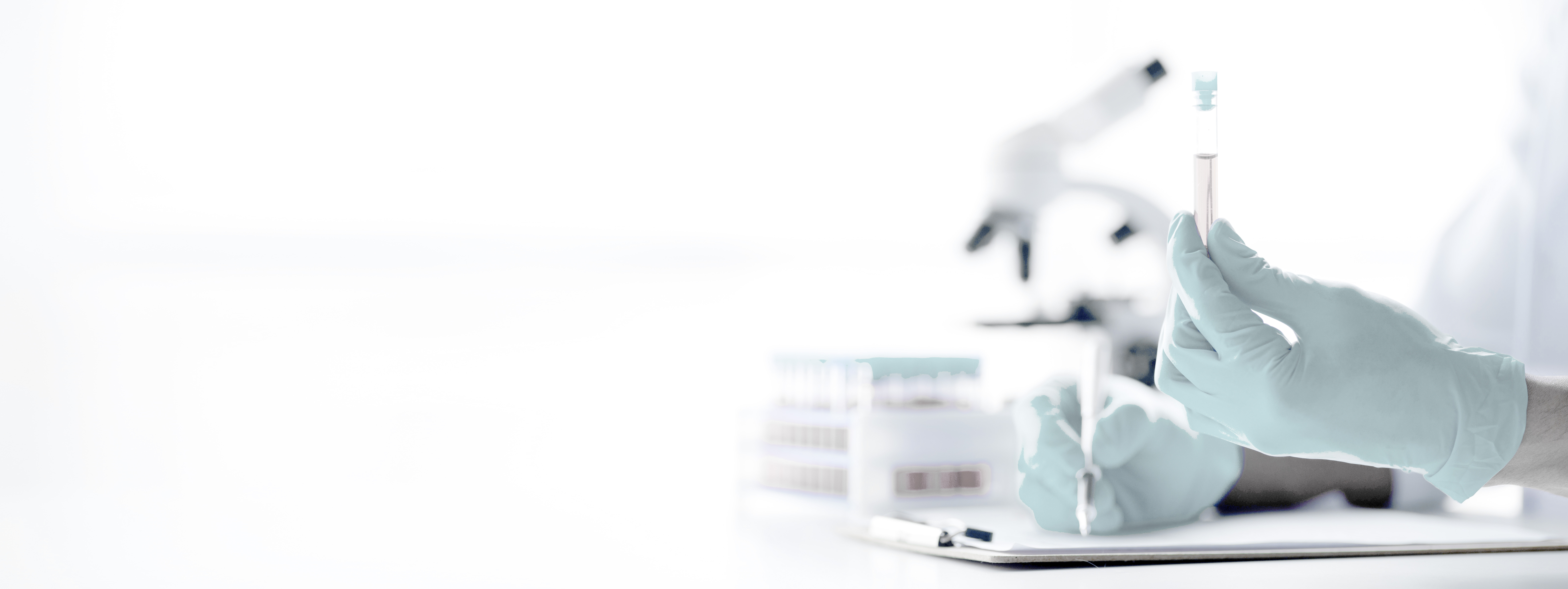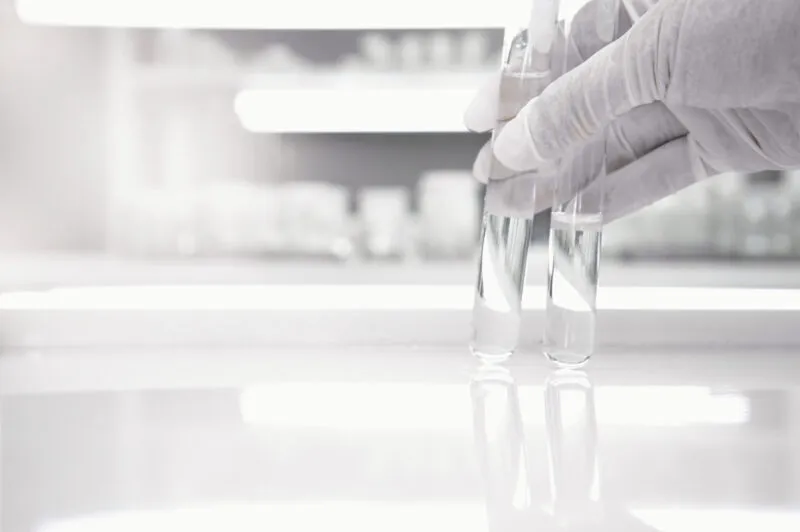Can clinical trial disclosures compromise novelty?
Clinical trial disclosures can jeopardise commercially important patent filings. This Clinical Trial Disclosures and Patentability series reviews case law in Australia, the U.S., and Europe, examining how trial disclosures impact patentability, particularly novelty and inventive step.
Along with realising key commercial milestones, clinical trials generate data that can form the basis of second-generation patent filings that serve to strategically extend market exclusivity of a pharmaceutical product. These patent filings include, for example, methods of treatment, treatment of patient sub-populations, formulations, and dosage regimens.
However, public disclosures made throughout the clinical trial process present a risk for the patentability of subsequent patent filings. In this series, we consider current case law in Australia, the United States, and Europe, and provide insight into how clinical trial disclosures will impact on the assessment of patentability, particularly with regards to novelty and inventive step.

Unproven hypotheses in clinical trial disclosures: Impact on novelty
Public disclosures are a necessary part of clinical trials. Examples include clinical trial protocols on government websites (i.e. clinicaltrials.gov), patient consent forms, press releases, and journal articles. While clinical trial protocols typically disclose an “untested hypothesis”, often designated as clinical primary, secondary, or exploratory endpoints, they fail to disclose the resulting data or evidence of successfully meeting those endpoints.
It is globally accepted that patent laws deem a disclosure made public before the date of a patent filing as forming the “prior art”. For a public disclosure to be novelty-destroying, it needs to disclose each and every feature of a patent claim. Therefore, a crucial issue that often arises in relation to clinical trial public disclosures is whether the disclosure of yet unproven hypotheses, in the absence of resulting data or evidence, is considered novelty-destroying prior art of a relevant claim in a second-generation patent filing.
Here, we discuss that unproven hypotheses of the type often provided in clinical trial protocols have varying implications for novelty of patent claims in Australia, the US, and Europe.
Australia: A clinical trial hypothesis can be novelty-destroying
Case law in Australia has evolved recently, with the Full Federal Court confirming that a “reasonable but untested hypothesis” in clinical trial protocols can be sufficient to render a patent invalid. This places Australia at odds with the position in Europe and the UK.
Mylan departs from earlier precedent
In Mylan Health Pty Ltd v Sun Pharma ANZ Pty Ltd [2020] FCAFC 116 (Mylan), it was found that claims directed to the second medical use of fenofibrate in treating diabetic retinopathy lacked novelty in light of the prior public disclosure of the ACCORD Eye Study Protocol. The ACCORD protocol contained discussion of results from previous clinical studies and presented a hypothesis that the risk of diabetic retinopathy is reduced by administering fibrate in a particular subset of patients. Ultimately, it was found that:
“… it is not a requirement for a patentable invention that the invention, as claimed, be based on scientific proof or substantiation … That being so, no greater requirement is imposed on a prior documentary disclosure in order for it to be anticipatory. What is required is that the new prior document discloses that which is subsequently claimed as an invention. If that is disclosed, the invention cannot be new.”
That is, it was not a requirement for the clinical trial to have been conducted, and that “validation of the ACCORD Protocol’s hypothesis was certainly not required”, in order to find that the method of treatment claims lacked novelty.
The Mylan decision marked an important departure from earlier Australian Federal Court decisions. Of particular interest are those decisions that considered Phase I protocols and patient consent forms.
Earlier precedent in BMS and Interpharma distinguished from Mylan
In Bristol-Myers Squibb Co v F H Faulding & Co Ltd [2000] FCA 316 (BMS), the Federal Court found that the disclosure of Phase I clinical trials relating to safety of a compound did not render method of treatment claims as lacking novelty. In essence, the disclosure did not relate to efficacy data, and so there was no disclosure anticipating the effectiveness of the compounds in the claimed method of treatment. In Mylan, the Court held that the situation in BMS was distinguished because the Phase I protocols being considered related to the dosage only and for the purpose of ascertaining safe dosage levels (though the Court was careful to note that “the challenge to novelty did not fail simply because the reports were about Phase I trials”).
In InterPharma Pty Ltd v Hospira Inc (No 5) [2019] FCA 960 (InterPharma), patient consent forms relating to the Phase II clinical trial were considered. The clinical trial was undertaken to explore a particular drug as an anaesthetic adjunct, and the patient consent forms detailed sedation as a potential side effect of taking the drug. It was held that the patient consent form merely disclosed the “possibility” of sedation as a result of being administered the drug, and as such, the public disclosure of the patient consent form did not anticipate later claims to the use of the drug in a method of sedation. In Mylan, the Court observed that the trial judge in InterPharma reasoned that the substance of the consent form was different in substance from the disclosures in BMS, however perhaps more importantly, that “[t]he correctness of that factual conclusion is not before us”.
Accordingly, while the Court considered the situation in Mylan was distinguished from BMS and InterPharma, it was careful not to suggest a general rule that certain clinical trial disclosures (e.g., Phase I protocols and/or patent consent forms) would not be novelty-destroying for method of treatment claims. While the Mylan decision was appealed to the High Court, the special leave application was refused, meaning the precedent has been set in Australian case law.
Indeed, we are now seeing Australian Patent Office decisions applying the finding of Mylan. In Astellas Pharma Inc. v Aragon Pharmaceuticals, Inc. [2022] APO 36 (Astellas), therapeutic “purpose” versus therapeutic “effect” was at issue, with method of treatment and Swiss-style claims considered to only relate to a therapeutic purpose. As a result, a prior art disclosure of a therapeutic purpose, for example, a clinical trial protocol and hypothesised clinical endpoints, is enough to anticipate such claims.
The United States: A clinical trial hypothesis can also be novelty-destroying
The Australian decision in Mylan may have effectively served to align Australia’s stance with the United States. US jurisprudence to date has largely held that, absent any specific claim limitations related to safety and efficacy, questions in this regard are under the purview of the FDA and not patent law1.
In a recent example, the Federal Circuit Court in United Therapeutics Corp. v. Liquidia Technologies, Inc., 74 F.4th. 1360 (2023) affirmed the district court’s refusal to read safety and efficacy limitations into claims reciting “treating pulmonary hypertension” with a “therapeutically effective dose”. The Court held that while “therapeutically effective dose” means a dose given in a single treatment session that causes an improvement in a patient, the Court did not consider that any additional efficacy or safety limitation is imported into the claim as whole.
Recent Patent Trial and Appeal Board (PTAB) decision affirms US position
A recent Patent Trial and Appeal Board (PTAB) decision, IPR2022-00578,2 has considered this issue in the context of clinical trial disclosures. The claims were directed to a method of treating rheumatoid arthritis in a patient comprising subcutaneously administering an anti-IL-6 antibody (tocilizumab) at a fixed dose. These claims were found to be anticipated by a clinical trial protocol disclosing the antibody and the dose, however it did not disclose results (i.e. actual treatment of a patient). The argument advanced by the Patent Owners was that ‘treatment’ requires a therapeutic benefit that is shown to be safe and effective. Therefore, a disclosure of a mere protocol that does not demonstrate safety and efficacy in treating ‘a patient’ diagnosed with rheumatoid arthritis of patient cannot be novelty destroying.
The Board ultimately disagreed with this position. Important here was how “treatment” was defined in the specification which included “both therapeutic treatment and prophylactic or preventative measures”. The specification also defined the term “effective amount” as “an amount of the antibody that is effective for treating the IL-6 disorder” thus, in the Board’s opinion, providing further evidence that efficacy is not implicit in the term “treatment”. Accordingly, the Board held that a “method of treatment” requires only that the method be performed with an intentional purpose of treating rheumatoid arthritis, regardless of safety and efficacy.
Europe and the United Kingdom: A clinical trial hypothesis is likely not novelty-destroying
In contrast to the US and Australia, clinical trial protocols per se are not considered novelty destroying by the European Patent Office (EPO). This is because actually achieving the therapeutic effect, and not just the “purpose”, is considered by the EPO to be a functional technical feature of a medical use claim. Several EPO Board of Appeal decisions and UK precedents have affirmed this position3.
Despite not being considered to be novelty-destroying, prior public disclosures of clinical trial protocols (and similar descriptions of studies yet to be carried out) remain highly problematic for inventive step assessments.
The nuances of how the EPO (and other jurisdictions) considers such disclosures in the context of inventive step will be discussed in the next article in this series.
Strategies to mitigate the risks of clinical trial disclosures
It is evident that Australia and the United States take a tough stance in that a prior public disclosure of clinical trial information merely disclosing a hypothesis, or proposed clinical endpoint, is enough to be considered anticipatory of a relevant claim in a second-generation patent filing.
Underlying this, is a fundamental difference in how method of treatment claims are construed in each respective jurisdiction: whereas the United States and Australia takes the position that method of treatment claims (and Swiss-style claims) necessitate only the therapeutic “purpose”, Europe applies a higher threshold of such claims necessitating the resulting “effect”.
A patent applicant must therefore, where possible, be diligent in mitigating the effects of prior published clinical trial disclosures on patentability. If possible, an applicant should avoid hypothesis-type statements regarding potential therapeutic efficacy in clinical trial protocols and similar documents.
Otherwise, it is likely necessary to pre-empt public disclosures through the filing of a provisional patent application. A provisional patent application may be filed directed to anticipated endpoints of the clinical trial, and may later be supplemented by the results of the clinical trial once available (e.g., by inclusion of results ahead of the PCT application, or through the provision of post-filing data during prosecution in allowable jurisdictions).
Conclusion: Aligning patent strategy with clinical trial disclosures
Clinical trials generate key data to support commercially valuable second-generation patent filings. Knowing the risks to patentability posed by clinical trial disclosures is paramount to developing a patent strategy that both aligns with and capitalises on these important regulatory milestones. As we have seen, clinical trial disclosures can jeopardise novelty of patent claims, with varying implications across different jurisdictions. Be sure to read our second article in this series to gain further insights into how these disclosures impact inventive step.
If you have any questions or need advice on navigating these issues, please do not hesitate to reach out to us. Our team is here to help you ensure your innovations remain strategically protected throughout the regulatory process and beyond.
Footnotes
In re Brana, 51 F.3d 1560, 1567 (Fed. Cir. 1995); Scott v. Finney, 34 F.3d 1058, 1063 (Fed. Cir. 1994); In re Anthony, 414 F.2d 1383, 1395 (CCPA 1969)
IPR2022-00578; Celltrion, Inc., Petitioner, v. Chugai Seiyaku Kabushiki Kaisha, Genentech, Inc., and Hoffmann-La Roche Inc., Patent Owners.
T 239/16, T 158/96, T 1859/08, T 2506/12, Regeneron Pharmaceuticals Inc v Genentech Inc [2012] EWHC 657 (Pat); Hospira UK Limited v Genentech Inc [2015] EWHC 1796 (Pat); [2016] RPC 1 and Hospira UK Ltd v Genentech Inc [2014] EWHC 1094 (Pat).


